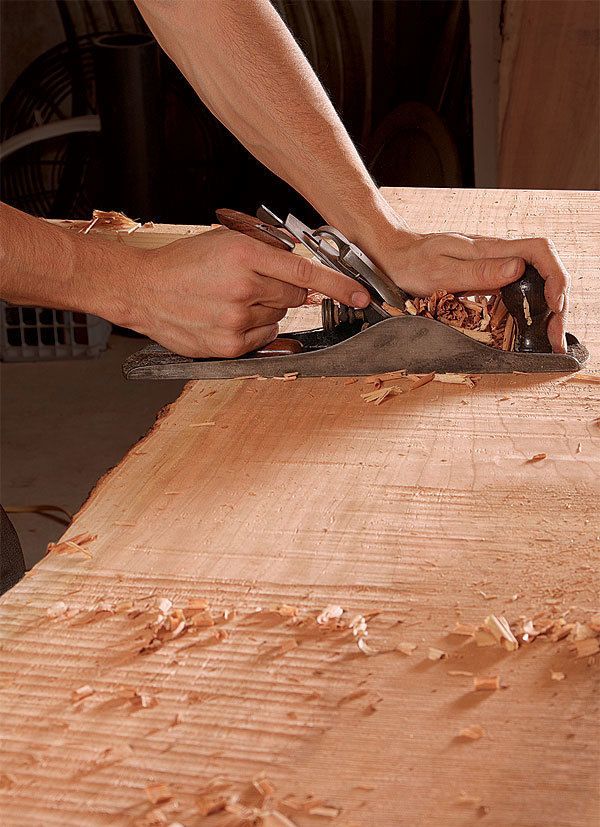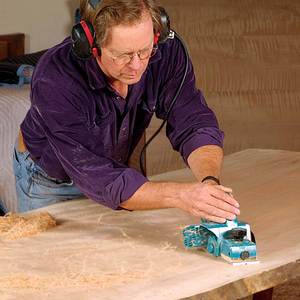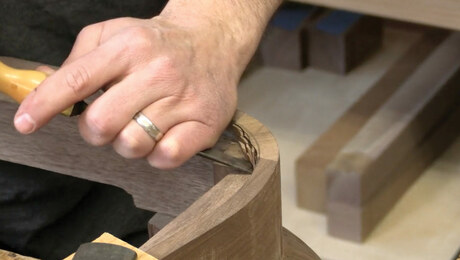How to Surface a Large Slab
Use handplanes to flatten and thickness beautiful wide boards
Synopsis: It’s been around since ancient Egypt, and for most of that time, working with hide glue meant mixing it yourself and heating it all day to keep it liquefied. But since the 1930s, we’ve had the option of using bottled hide glue that stays liquid at room temperature. Liquid hide glue offers several other advantages for beginner and veteran alike, helping to reduce the stress of assembly and finishing while matching more modern glues for strength.
For a recent dining table commission, I went looking for sources of wide lumber. Frustrated by the selection in the lumberyards, I sought advice from members of my local woodworkers guild and, in the process, tapped into a rich vein. My friends had their ears to the ground, and they pointed me to sources that don’t advertise, such as part-time log dealers and hobbyist millwrights cutting slabs from downed street trees and yard trees. Suddenly, I had an array of beautiful, wide boards to choose from.
But then I faced a problem—how was I to work these boards when my machines weren’t big enough? My answer was to flatten and thickness them with handplanes. this takes practice and elbow grease, and it calls on many skills. But the rewards are great: You’ll grow as a woodworker, and you’ll be creating furniture with beautiful, one-of-a-kind boards.
Get ready for a workout
To flatten and thickness stock, you’ll need a long straightedge, a pair of winding sticks, a combination square, a scrub plane, a jack plane, a jointer plane, and a smoothing plane. I use metal winding sticks, but you can make a pair from any straight, stable hardwood (see Fundamentals, FWW #177).
You also will want a work surface other than your bench, which likely is too tall for this task. Setting the slab on a pair of low sawhorses instead makes it easier to reach across the board’s full width. It also lets you lean more heavily into each planing stroke, delivering more power from your legs and back without sacrificing downward pressure or control.
I stand just under 6 ft. and find a work height around 28 in. ideal for this task. If I tried to do the work at my 37-in.-high bench, my arms would be Jell-o in minutes. Finding the right height may take some trial and error, but what matters most is what is comfortable and sustainable for long periods.
Weight the sawhorses with sandbags and place wedges under the slab to hold it still. keep a work lamp nearby to shine across the board at a low angle. this will create shadows that make plain the high and low spots.
When flattening, be sure to scrub first
The first stop in any milling job is to flatten one face as a reference for bringing the board to uniform thickness.
From Fine Woodworking #228
For the full article, download the PDF below:
Fine Woodworking Recommended Products

Ridgid EB4424 Oscillating Spindle/Belt Sander























Log in or create an account to post a comment.
Sign up Log in